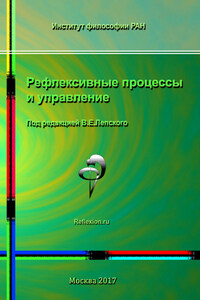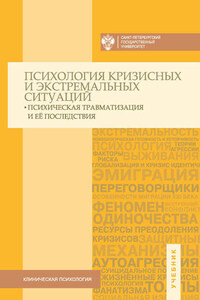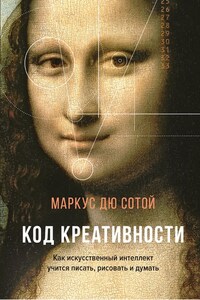Vladimir Lepskiy (Institute of Philosophy Russian Academy of Sciences)
Third-order cybernetics
Abstract. To prove the connection between the evolution of cybernetics and the development of scientific rationality (classical, non- classical, post-non-classical) and to prove the relevance of the formation of post-non-classical cybernetics for self-developing reflexive-active environment (the third-order cybernetics).
Keywords: Cybernetics, third-order Cybernetics, Philosophy, Methodology, classical, non-classical, post-non-classical Rationality, self-developing reflexive-active Environments
Introduction
In recent decades Russian philosophy of science has recognized three stages in the development of science (classical, non-classical, and post-non-classical), which were proposed by V. S. Stepin (Stepin, 2005). If we ignore these changes, we risk losing sight of basic shifts in the scientific fields of control and in the evolution of cybernetics. Post-non-classical scientific rationality integrates all three types of scientific rationality.
The analysis of evolution of cybernetics and the evolution of scientific rationality make possible the hypothesis of their correlation. First-order cybernetics "cybernetics of observed systems" (Norbert Wiener) developed in classical scientific rationality. Second-order cybernetics "cybernetics of observing systems" (Foerster, 1974) developed in a non-classical scientific rationality. Post-non-classical scientific rationality can become a basis for formation of a post-non-classical "cybernetics of self developing" reflexive-active environments‖ which can be considered as the third-order of cybernetics.
Configurator of the philosophical and methodological cybernetics analysis
For analyzing the evolution of cybernetics we use the idea of the system configurator offered by V. A. Lefebvre (Lefebvre, 1967). The idea is that the researcher selects the most significant points of view on the object of research. The object is projected on several screens. The screens are connected with each other. The researcher can correlate various points of view on an object.
We will define structuring positions of the configurator in the context of the traditional points of view of scientific analysis:
– philosophical level (science philosophy – basic types of scientific rationality);
– methodological level (basic paradigms and objects of a research, methodology of scientific approach);
– theoretical level (the basic providing areas of knowledge);
– methodical level (basic methods, models, technologies).
The configurator for the analysis of the evolution of cybernetics is presented in Table 1 and Table 2.
Table 1. The generalized results of the philosophical and methodological analysis of the evolution of cybernetics (philosophical, methodological and theoretical levels).
Table 2. The generalized results of the philosophical and methodological analysis of the evolution of cybernetics (methodical level)
The post-non-classical scientific rationality integrates both classical, and non-classical rationality. As a result cybernetics must be considered as an uniform area of knowledge. In post-non-classical representation of cybernetics all levels are integrated into general cybernetics of the first, second and third order. This process is achieved through the system of ontologies, which establishes self-developing reflexive-active environments.
In the last decades the Russian interdisciplinary scientific society has shown considerable interest in the philosophical bases of cybernetics development (Novikov, 2016). In 2017 the WOSC initiative was essential in the process of bringing the worldwide scientific community together for joint discussions.
Post-non-classical scientific rationality: third-order cybernetics
Post-non-classical scientific rationality broadens the field of reflexion on scientific activity. It takes into consideration the correlation of the acquired knowledge about an object not only with the features of means and operations but also with valuable and target structures. At the same time the connection of inner-scientific goals with extra-scientific ones, social values and aims is explicated. Moreover, the problem of their correlation with the comprehension of valuable and target orientations of the scientific activities subject is also solved.












